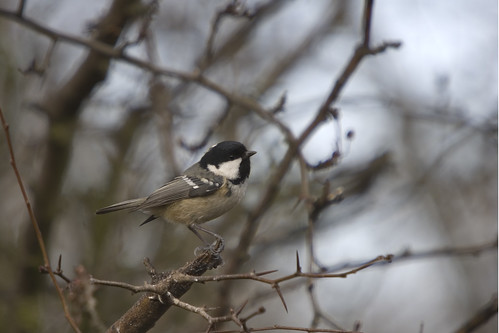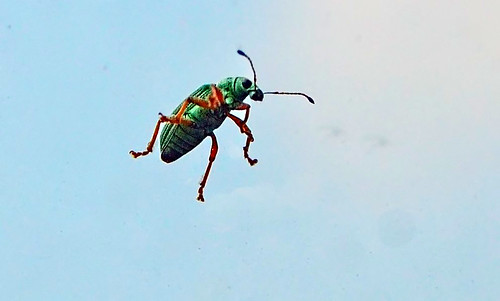The first part of this section is all about points and their use in composition.
In preparation for this section, the coursework asked for some notes on types of situations where I could make a clear photograph of a single point.
A small boat in a bay type harbour
A ball in the middle of a field of grass
An animal in a cornfield
A person in a cornfield
A man-made object, such as a tractor in a field (either just soil or with repetitive plantings)
from the air - a rocky outcropping or craggy island in the sea
A balloon in the sky
A single cloud in the sky
A single star at night
The moon on a clear cloudless night (with no/dim stars)
A single vehicle on a large airstrip or car park
From a high vantage point, a person alone in a street
A single light lamp-post on a dark night
A house light-up on it's own surrounded by darkness
Using macro the centre of flower
The remains of a croft or broch against a glen
A bird in a lake
A seal sunning itself on a beach/against some rocks
Given time the list is endless.
It is also suggested that I look over previous photographs and note images where I can identify single points.

In this image a single Gannet flies above me, a single point against the blue sky.
What I do not like about this image is the centre composition. It would be better off to one side.

Another bird photo - Again a single point, the bird against the background of the branches. As the composition is slightly of centre I like this image.

Not a macro, but a zoomed in telephoto shot of a bug on the windscreen of my car. Again it is s a single point against the sky. I had to drive up the ISO on this and so it is quite noisy. However I like the colours and the composition of this photo.
Straight away looking back over photographs I have taken before and during this course I can see where the composition of the photographs could be improved.
No comments:
Post a Comment